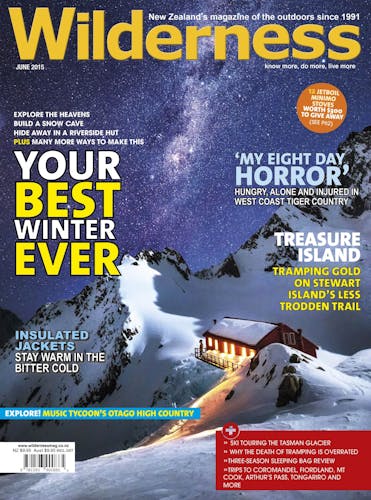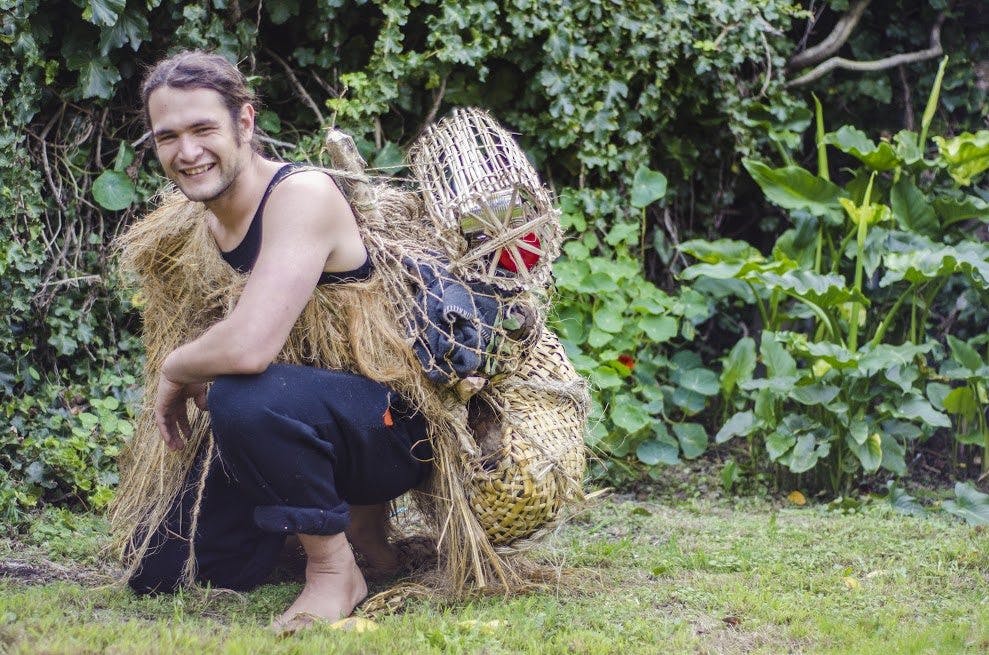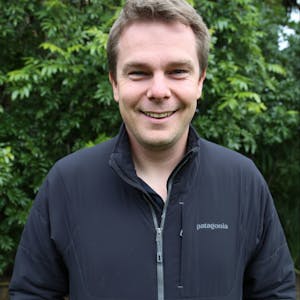Walking barefoot, keeping his diabetes at bay and carrying gear he’d made himself, Jory Akuhata was no ordinary Te Araroa tramper. Matthew Pike catches up with him
The first night was a distressing reality check for Jory Akuhata. The Wellingtonian had set himself the challenge of completing the Te Araroa Trail carrying items he’d made himself, catching his own food as much as possible. He wanted, where possible, to emulate his Maori forebears by using the gear and clothes they would have used – a plan he had to reign in as the start date drew nearer and the implausibility transpired.
His equipment list on day one featured a pack centred around a wooden frame he’d designed and built. He had a fishing net-cum-hammock he’d spent hour-upon-hour weaving, a fuel stove he’d made from a beer can, a home-made eel trap and a large flax bag which he’d woven then waterproofed with coconut oil.
It was this last item that was first to go. He awoke on his first morning in the wild to discover possums had chewed their way through it. “I was heartbroken,” he explains. “It had taken me three days to weave it.”
The eel trap was next to go, dissolving into a pile of sticks when the bamboo from which it was made softened in the wet. Before long, he realised his fishing net was surplus to requirements; long days of walking were required to make any meaningful progress, meaning no time to fish.
The pack frame became more uncomfortable by the day, digging into his hips and leaving horrible red marks. Rather than give up on the frame, he changed materials, first to bamboo then to supplejack, and adjusted the balance between hips and shoulders, resulting in a far more comfortable fit.
He found his makeshift stove worked well, too. The cans needed replacing regularly, but finding new ones didn’t prove a problem.
However, Akuhata admits he’d completely underestimated the challenge. “It was a humbling experience to realise how tough long distance hiking is,” he says. “You need to keep going – it’s heartbreaking to see how little ground you’ve covered on a map.”
He struggles to comprehend how Maori lugged huge greenstone rocks. “They would carry rocks huge distances. They would have been so much tougher than we are today. It did make me wonder – it must be possible, but you would need to be born into that lifestyle rather than one where you can spend your days sipping lattes.”
Once Akuhata had sorted his gear issues out, he had few physical problems with the walk. The greatest challenge for him was the mental side, something that the ever-changing landscape helped with. “You pass beaches, mountains, kauri forest, gorge valleys; as soon as you get sick of one landscape you move into another.” Even so, he constantly felt the urge to go faster and further, often making the trail feel like a full-time job. “At these points I would just slow down and remind myself that I was there to enjoy the nature, not make distance. I would have given up if I hadn’t taken my time.”
One factor that forced him to go a little slower was trying to walk as much of the track as possible barefoot. Akuhata always carried boots with him, but enjoyed the slower pace and feel of travelling shoeless. “There was one place where I saw pig sign and that bit of ground was still warm under my feet. I also accidentally stepped on a rabbit in high tussock, which was quite a shock for both of us.”
One curious feature of the trail was how it helped Akuhata’s diabetes. He’d anticipated the wilderness would cause problems, but he found quite the reverse.
“In everyday life people offer you snacks and you can just stop for a coffee, all of which alter your blood sugar level,” he explains. “But on the trail there’s more consistency. The exercise is consistent and if you only eat what you’re carrying then that’s easier to control too.” His only concerns were on days back in civilisation where he would have to readjust.
The five-and-a-half month trip has only increased the 29-year-old’s desire to keep designing and making what?, and improve his designs. He plans to set up workshops where he can meet like-minded souls who also want to design their own kit. “In the past, I’ve been focussing more on temporary equipment, but quality is the winner long term,” he says. “I like creating something through trial and error and will head out on weekend trips to test how far it will go.”
He still hopes to perfect the Maori cloak called a pake, which would act as a waterproof jacket, sleeping bag and tent in one. “If I could get that working, it would be real progress,” says Akuhata.








